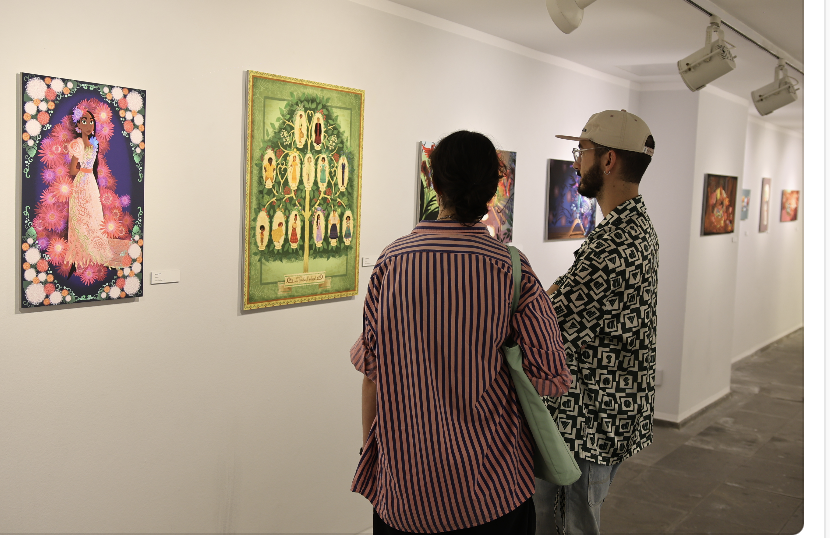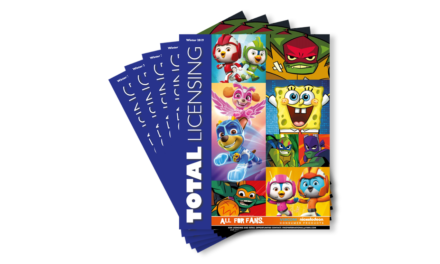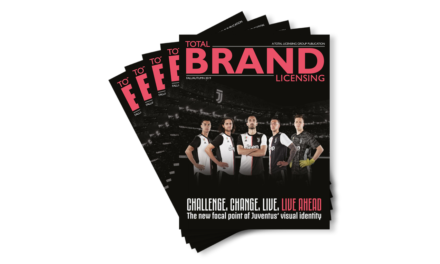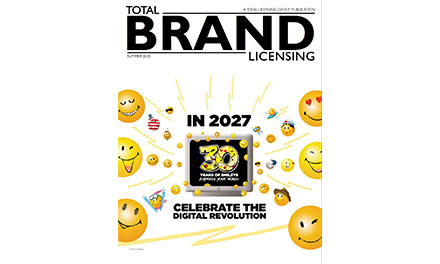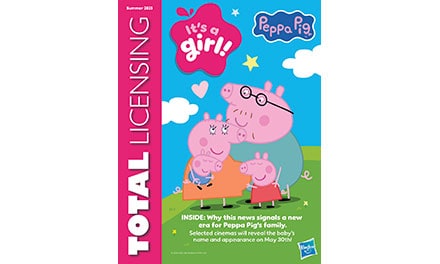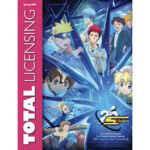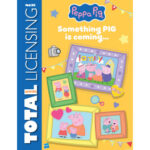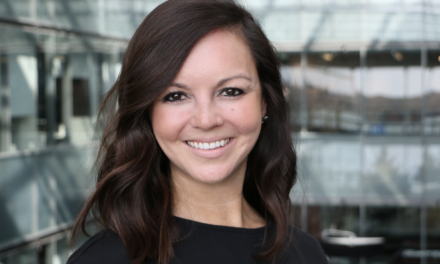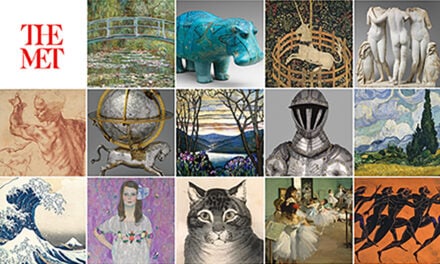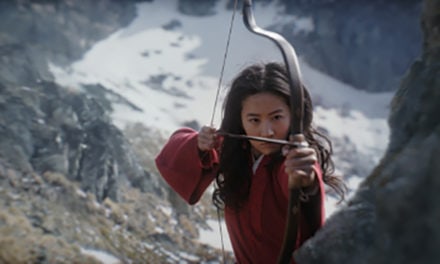
The Evolution of Animayo Gran Canaria and Its Celebration of Women in Animation
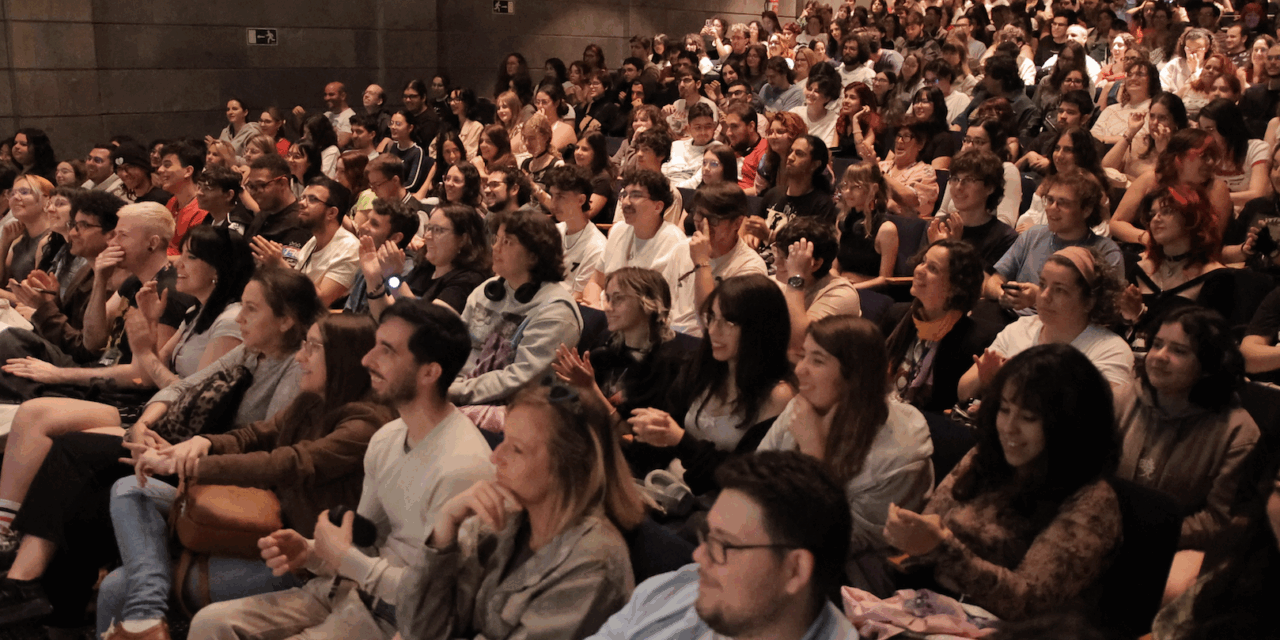
by Michele Manelis
When Damián Perea was a boy growing up in Las Palmas, Canary Islands, he dreamed of a festival that would celebrate animation not only as an art form but as a vehicle for education, inspiration, and connection. A couple of decades later, his dream is not only a reality—it’s an institution. Now celebrating its 20th anniversary, the Animayo International Film Festival has evolved into a world-class event with a distinct focus: nurturing talent and championing diversity, particularly women in animation.
“Animayo is the only festival in Spain that qualifies films for the Oscars®,” says Perea, founder and artistic director. “We do so in two categories: Best International Short Film and Best Spanish-Language Short Film. In recent years, we’ve achieved four Oscar® nominations, and this year, the short In the Shadow of the Cypress, which qualified through Animayo, won the Oscar® for Best Animated Short.”
Perea emphasizes what sets Animayo apart. “Animayo isn’t just a festival where people come to watch films. Nor is it a red carpet event or a purely commercial platform—though those elements are there. At its heart, Animayo is made by and for artists and creators, with a strong emphasis on talent development,” he explains. “The stars don’t just show up to collect awards or pose for photos. They come to share knowledge through masterclasses and workshops. We intentionally break down the traditional barriers between artists and audiences.”
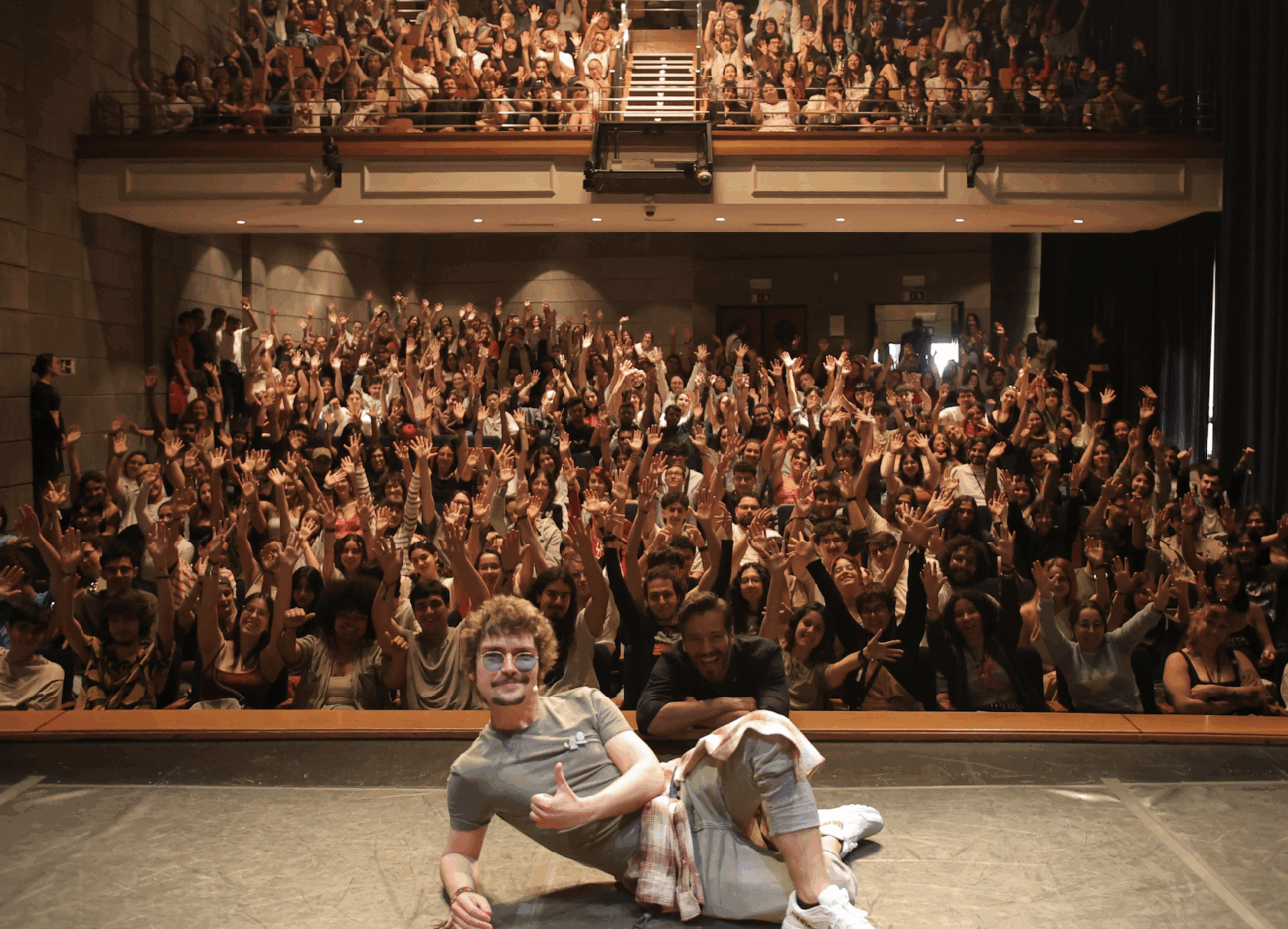
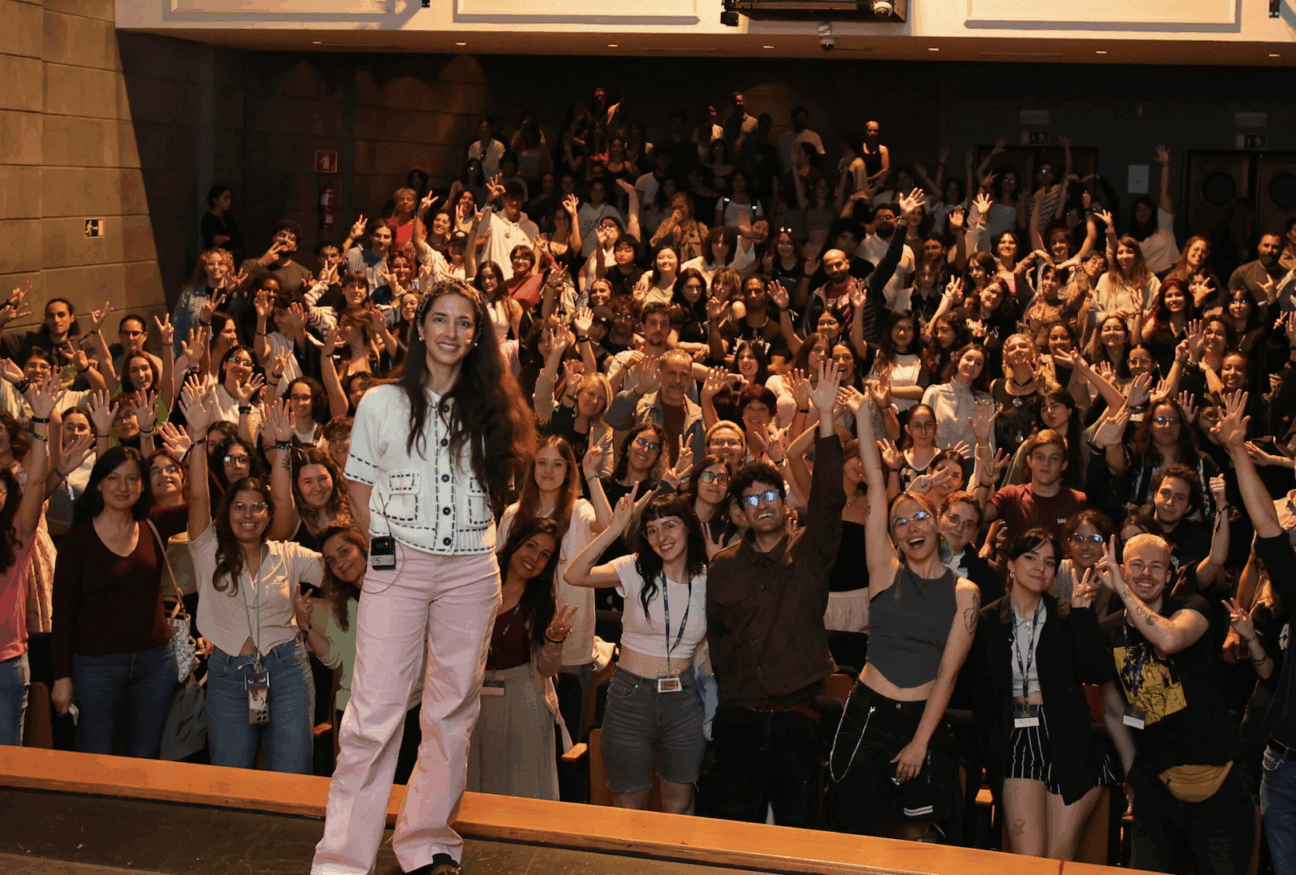
Building an Industry from the Ground Up
Aubry Mintz, Executive Director of ASIFA-Hollywood (which presents the Annie Awards), reflects on Animayo’s impact: “It’s been incredible to see how Animayo built an infrastructure from scratch. There was almost no animation production on the island before the festival. Now, several studios have emerged, thanks to Perea’s ‘build it and they will come’ approach.”
And come they do, in droves. “This year, we received over 2,000 film submissions from 84 countries,” Perea shares. Among the winners: Playing God (Italy) won the Grand Jury Prize and Best Stop Motion; Nube took Best Spanish-Speaking Short Film; and the French film Courage was unanimously selected by critics.
Mintz adds, “Animayo has become a destination festival that attracts animation legends like John Musker, Andreas Deja, and Lorelay Bové. The audience is young, hungry, and eager to learn. From workshops to portfolio reviews, emerging artists gain hands-on guidance tailored to the industry’s needs.”
A Platform for Women’s Voices
Once seen as a niche genre for children, animation now spans all demographics and genres. But for years, the field lacked gender diversity. Perea, an award-winning filmmaker himself (Podría ser peor, Cafuné), saw an opportunity to be part of that change.
“In 2017, we became the first festival in the world to dedicate its entire official program—keynotes, workshops, and masterclasses—exclusively to women,” Perea recalls. “The idea came after a conversation in 2015 with a group of girls who told me they wanted to work in video games but didn’t see any female role models. I realized the importance of representation, and that became our mission.”
This year, to celebrate its 20th anniversary, Animayo hosted the world-exclusive exhibition Whimsy & Wonder from Walt Disney Animation Studios, showcasing the work of seven visionary women, including Mary Blair, Lorelay Bové, Lisa Keene, Brittney Lee, Griselda Sastrawinata-Lemay, Josie Trinidad, and Fawn Veerasunthorn.
“It was one of the most inspiring highlights of our in-person edition,” says Perea. “It celebrated the artistry, imagination, and vision of female creators who’ve shaped Disney’s legacy.”
Changing the Narrative
Lorelay Bové, a Spanish-born Disney artist whose credits include The Princess and the Frog, Big Hero 6, Zootopia, and Encanto, reflected on the industry’s shift. “Women are claiming space that used to belong only to men,” she says. “It’s not just about visibility—it’s about showing younger generations that they belong.”
Bové’s contributions, featured in Whimsy & Wonder, drew large crowds. “These artists are not reinforcing old stereotypes,” she explains. “They’re revolutionizing female representation, family dynamics, and cultural diversity. They’re telling stories from more human, inclusive perspectives.”
She also credits broader social movements like #MeToo for influencing how studios portray women. “Characters like Moana aren’t just reimaginings—they’re reflections of today’s world. Cinderella’s dress embodied the 1950s, but Moana’s identity is deeply rooted in present-day cultural and political awareness.”
Perea agrees: “Since #MeToo, we’ve seen a significant transformation. Women are directing, writing, producing. Female characters are no longer limited to sidekick or damsel roles—they’re leading their own narratives with depth and complexity.”
Importantly, he doesn’t merely give lip service. “Animayo now awards over €600,000 in scholarships annually, many of which support young women entering the field. “Girls who attended as students are returning as professionals,” Perea notes with pride.
Leading Quietly, Listening Boldly
Chilean-Ecuadorian producer Pilar Flynn (Flushed Away, Elena of Avalor, Moon Girl and Devil Dinosaur) is one of the many industry leaders helping mentor the next generation. “I was a very shy girl growing up. I never thought I could be a producer because I wasn’t the loudest voice in the room,” she shares. “But I realized my strength was in listening. I built trust by connecting with artists one-on-one.”
Flynn emphasizes that leadership doesn’t have to look one way. “So many young women think they need to be bold and outspoken. But once they hear they can lead quietly, they feel empowered. I also tell them you can be a mother and a leader. My children inspire me to work harder.”
She continues: “#MeToo changed everything. Before, women competed for the few seats at the table. Now, we support and uplift one another. That’s reflected in our storytelling. Female characters now have more authenticity and emotional nuance.”
Still More Work to Do
Mintz echoes these sentiments but also issues a challenge: “The number of creatives with underrepresented gender identities is up to 34%—a 50% increase since 2013. But for 25 years, I’ve seen animation classes with 60% women. The industry still hasn’t caught up to the classroom.”
He reminds us that history often forgets women’s foundational roles in animation. “Everyone credits Disney’s Snow White as the first animated feature, but in truth, The Adventures of Prince Achmed by German director Lotte Reiniger predates it by over a decade.”
A Legacy in Motion
With Animayo’s steady commitment to diversity and education, the gap between opportunity and access is closing. Perea sums it up best:
“Animayo will continue to celebrate, support, and amplify female voices—not just because it’s needed, but because it makes animation better for everyone.”
